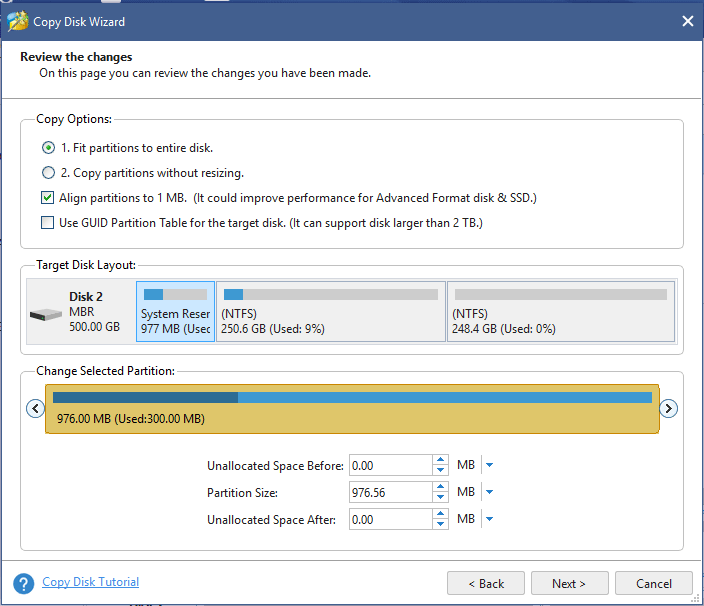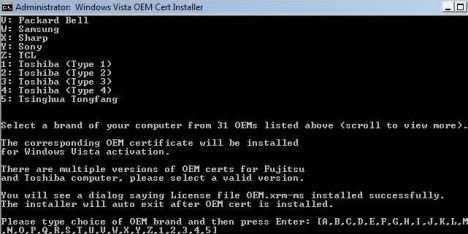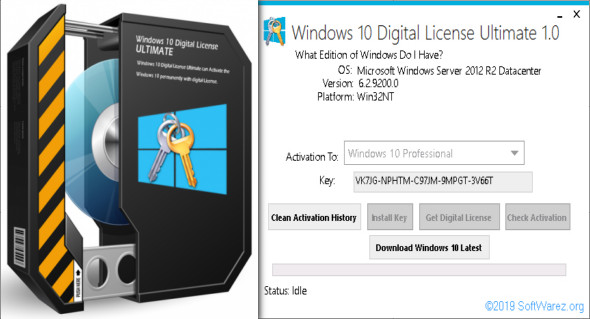

- Declare the extensions to create in this section.license, backup file path, network settings, public IP, FQDN (3CX FQDN or Custom FQDN), hostname, local DNS, HTTP(S) ports, e xtension length, mail server, timezone, country and license info. - Parameters for the initial phase of the PBX Configuration tool, e.g.The “s etupconfig.xml” is split in these sections: Wget -O- | gpg -dearmor | sudo tee /usr/share/keyrings/3cx-archive-keyring.gpg > /dev/nullĮcho "deb buster main" | sudo tee /etc/apt//3cxpbx.list To include “setupconfig.xml” in cloud-init, download and use this cloud-init sample:ĭpkg-query -W -f='$' gnupg2 2>/dev/null | grep -qF "ok installed" || apt-get -y install gnupg2 Consider this example for Amazon AWS cloud-init. 💡 Tip : Instead of copying the file you can also use cloud-init by copying the contents of the XML and paste it in the “Advanced” / “User data” section. When 3CX is installed, the command line wizard checks the above locations for the XML file and if found, it is automatically processed. For Windows in: “ C:\ProgramData\3CX\Data\setupconfig.xml ”.For Linux in: “ /etc/ 3cxpbx /setupconfig.xml”.Place the setupconfig.xml file on the host machine:.Modify the configuration in the XML file manually and fill in all required details.Download this sample Setup Template XML file.The deployment process with “setupconfig.xml” works by placing the XML file on the machine to automatically configure 3CX during install :

It is also possible to include extensions, SIP Trunks and DIDs during installation.

You can place this XML file either in the host or in cloud-init, so 3CX parses it automatically and fully auto-configures your PBX in no time! It is possible to launch and automatically configure 3CX by creating a pre-populated XML file with answers as input to the questions that the 3CX command-line tool asks you. Creating Outbound Rules with Backup Routes.



 0 kommentar(er)
0 kommentar(er)
